Nag Tibba Trek, Uttarakhand
₹1,899.00 Original price was: ₹1,899.00.₹1,499.00Current price is: ₹1,499.00.
Special offer
Description
The nag tibba trek package cost available in two variants-
( Dehradun to Dehradun – 2499 + 5% GST )
( Pantwari to Pantwari – 1499+ 5% GST )
The Nag Tibba trek, in Uttarakhand's holy Garhwal Himalayas, India, reconfirms the glory of nature and human determination when all you have to do is hit the trail. Many hikers take delight in the harmonious mixture of natural splendour, native tradition and the inner drive as they experience these hiking trips. Speaking of the trek , I must say that "Serpent's Peak’" has been a source of attractions to all trekkers, where they are charmed by the surroundings, diverse flora, and fauna and above all, the astonishing panoramic views of the summit.
Location and Geography:
Garhwal district of Uttarakhand is the Nag Tibba trek's location which is top north of India. The institute is situated close to an esteemed hill station called Mussoorie, at a distance of 85 km from Dehradun, capital of Uttarakhand i.e. Uttarakhand. The track follows paths through the unexplored territory of the Garhwal Himalayas, making trekking adventurers have an opportunity to become a part of these clean and untouched wonders of the mountains' nature.
In the vicinity that is found around 3 km above sea level (9,915 feet) is the Nag Tibba trek, giving sublime views of the snow-capped mountains as well as Swargarohini, Bandarpoonch, Kedarnath and Gangotri peaks. The hiking trail transports tourists in a dense forest of oak, rhododendron, and deodar trees on a winding path into a picturesque meadow bursting with colorful wildflowers, through the quaint countryside villages inhabited by locals of friendly nature.
Duration and Difficulty Level of Nag Tibba Trek:
The timeline of the trekking for the Nag Tibba trail is ideal for a weekend getaway being what it is between 2-3 days, musing nature lovers and extreme sports enthusiasts, many of whom are having just a short weekend to spare. The distance might be changed depending on the location of departure and how far you go every day. The hike would have a moderate rating, anticipating that it will appeal to both beginners and experienced hikers.
The trail incorporates well-defined paths with moderate uphill sections, which helps people of different fitness levels to do the route in equal conditions. Still, the upset of the steep part of climbing might startle the non-professional trekkers, especially for the first kilometers/miles of climbing on the way to the summit of Nag Tibba. Beginning with simple physical exercises and cardio practices, you have to make sure to get well acquainted to the high elevation might be the best idea before the hike.
Scenery and Highlights:
One of the wonderful sights that you come across while going to Nag Tibba Trek is the dazzling scenery that is visible every from the turn of the trace On trekkers' road, they are blessed with the spectacular views of snow-capped peaks, lush of vegetations, rushing streams and tumbling waterfalls which definitely cannot be missed to be shot by their camera as a memorandum for the eyes. A diverse range of landscapes are included in the route, including thick forests, meadows and other types of vegetation while each of which has a specific grace of its own.
Beyond the trekking, many tourists catch the eye of wildlife on one of the local highways, which is host to a varied array of plants and animals. And then there’s this! Passionate mountaineers may catch glimpses of Himalayan black bears, leopards, musk deer and various kinds of birds such as Himalayan Monal, Cheer Pheasant and Koklass Pheasant. Even though it can rarely been seen by humans, the population of large mammals is continuing to decrease in this area because more people keep coming.
Camping Experience:
Camping at the Nag Tibba trek offers an almost fatelessness experience that lets trekkers to be closer to nature as well as enjoy the divine last of the mountains. There are also some remarkable campsites along the path that give a spectacular view of the surrounding landscapes and the milky way on the starry night sky.
Trekkers lucky enough to have their tents placed at locations that they find resembling lush meadows, near the sound of running streams, or in the deeper shade of heavy forests when scouting for the right tenting zone for the night. As nightfall comes sweet moon journey begins with stories, smiles and body ties the pins together for hike friends.
Best Time to Visit Nag Tibba Trek:
The best period for a walk going on Trek would be while the seasons are spring and fall, the temperature is comfortable and the skies are blue. In these months, region enjoys moderate temperatures and only occasional rain, thus favourable for outdoor activities that involve hiking and camping.
The spring and fall seasons mark the season of colors like there is no any other time of the year as the flowers burst into blooms and trees put on the show of their elegant foliage bringing new splendor to the trekking route. The months of April and May bring along the opportunity to watch having the landscape stuffed with colorful rhododendrons in red, pink and white blooms.
An alternative to the summer treks is the winter ones where the thoroughfares are lining up in the snow falling and the frozen landscapes form a new type of the experience. By the same token, hikers must be ready for lower temperatures, not forgetting that snowfall may take place. Proper apparel, footwear, and camping equipment including adequate stove, tents, warm sleeping bag are a must owing to harsh nature of the weather.
Permits and Regulations
Pursuant to this, trekkers, who plan to embark on the Nag Tibba trekking journey, are in need of the necessary regulatory permissions from the Forest Department. Such permit can be obtained at the site online or from the check-in post, which is located at the starting of the hiking pathway. the fee which is symbolical goes towards conservation efforts, and to maintain the trekking trails the cost is minor.
This type of hiking, particularly on a periodic basis, will measurably increase the demand for fresh air, healthy food, and exercise and it might also contribute to behavioral improvements. All of these will benefit our health in general. This means leaving no traces such as not littering and showing consideration for the environment by respecting areas that wildlife uses and sticking to designated camping zones and hiking paths. Through wisely trekking, tourists can aid in not allowing the natural serenity on Nag Tibba Trek and its surroundings being disrupted by future visitors.
Safety and Precautions:
When hiking up the Nag Tibba, the trek falls under moderate level but no safety ventures should be avoided as this is the key to have an unforgettable experience. Here are some tips to keep in mind:
Physical Fitness: Take-up fundamental physical fitness and exercises like cardio to build up your endurance and strength, when preparing for the trekking.
Altitude Acclimatization: Give your body the time it needs to adjust to the altitude by regularly taking breaks, staying hydrated and avoiding doing, quite difficult activities during the first time of the hike.
Weather Awareness: Track the weather forecast regularly and keep your rain gears and warm clothes ready, especially during off seasons when the weather can be quite unstable.
Pack Essentials: Carry with you all the essentials including a warm jacket, waterproof shoes, a small first aid kit, high calorie packed snacks, a water bottle, and a flashlight/headlamp.
Stay Hydrated: Carrying water to drink along the hike is fundamental and you should make sure you are drinking enough, especially at higher altitudes where the air is drier.
Follow Guide's Instructions: If you are hiking with a guide or a part of an organized group, follow their instructions and their tips on how to handle the rough areas and the safety protocols or things to do in case of an emergency.
Leave No Trace: Training living up to principles of Leave No Trace ecology which includes reducing your environmental influence, maintaining waste removal out of your travel route and leaving natural environment intact as you met it.
Conclusion:
To sum up, The trek will be imprinted for all times in your memory: you will have the opportunity to contemplate and plunge yourself into the unadulterated grandeur of the Himalayas in the Garhwal region, and to test yourself on the pathway to the top of this hill, getting from awesome landscape to awesome landscape. Whether you are the one who relishes in the thrill of the summitting Nag Tibba trek, or the one who finds comfort in bonding around the campfires or looking for solace in the gentle giants, this trek has something to offer for everyone.
As trekkers pass through thickly wooded forests, crossing over a winding brook, those who are least prepared may become overwhelmed.
Itinerary
Day 1: Dehradun to Nag Tibba Base Camp via Pantwari Village
- 7:00 AM: Meet at Dehradun railway station and start the drive to Pantwari Village.
- 12:00 PM: Arrive at Pantwari Village, offload extra luggage, and have lunch.
- 1:00 PM: Begin the trek (4-5 km, 3-4 hours).
- 5:00 PM: Reach the base camp, enjoy snacks and tea.
- 7:00 PM: Campfire and dinner.
- 9:30 PM: Lights out.
Day 2: From Nag Tibba to Dehradun via Pantwari Village
- 4:30 AM: Wake up and have breakfast.
- 5:00 AM: Start trekking to Nag Tibba top.
- 10:00 AM: Reach the summit and enjoy panoramic views.
- 11:00 AM: Begin descent to base camp.
- 1:00 PM: Lunch at base camp and pack belongings.
- 2:00 PM: Descend to Pantwari Village.
- 5:00 PM: Reach Pantwari Village, rest, and begin drive to Dehradun.
- 8:30 PM: Arrive at Dehradun bus/railway station.
This itinerary provides a structured plan for a 2-day trek, including transportation from Dehradun, trekking to the summit, and return journey. It’s essential to adhere to the specified timings to ensure a smooth and enjoyable trekking experience.
Meals
(Day 1 – Lunch, Tea, Dinner)
(Day 2 – Breakfast, Lunch)
Inclusions
- Professional trekking guide provided
- Meals included: Day 1 – Lunch, Tea, Dinner; Day 2 – Breakfast, Lunch
- Permits and forest entry charges covered
- Accommodation provided in safari/dome tents, available in twin/triple sharing as per preference
- Solar lights installed in tents
- Common charging areas available for electronic device
3 reviews for Nag Tibba Trek, Uttarakhand
The Nag Tibba trek is often considered moderate in difficulty, making it suitable for beginners and families alike. While it does involve a gradual ascent with some steep sections towards the summit, it’s manageable with proper preparation and pacing.
The ideal time to visit Nag Tibba is during the spring (March to May) and autumn (September to November) seasons. During these months, the weather is generally pleasant, offering clear views and comfortable trekking conditions.
Typically, the Nag Tibba trek can be completed in 2-3 days. The trek from Pantwari village to the Nag Tibba summit usually takes around 4-5 hours, depending on individual fitness levels and pace.
Accommodation options along the Nag Tibba trek are limited. Pantwari village serves as the base camp, where basic guesthouses or homestays may be available. Camping is also a popular choice, with several campsites along the trail.
Mobile network coverage along the Nag Tibba trekking route can be sporadic or non-existent, especially at higher altitudes. It’s advisable to inform someone about your trekking plans beforehand and carry a fully charged mobile phone for emergencies.
Key items to pack for the Nag Tibba trek include sturdy trekking shoes, weather-appropriate clothing (including layers for warmth), a waterproof jacket, sunscreen, sunglasses, water bottles, snacks, a first-aid kit, and a flashlight or headlamp.
While encounters with wildlife are rare, trekkers should stay on designated trails and adhere to basic safety precautions. Weather conditions can change rapidly, so it’s crucial to be prepared for varying conditions and terrain.
Yes, camping is allowed on the Nag Tibba trek, and there are designated campsites along the route. However, trekkers should follow Leave No Trace principles, respect the environment, and obtain any necessary permits or permissions.
The Nearest ATM that are available in Pantwari are the State Bank of India, Punjab National Bank and Union Bank of India.
Nag Tibba trek, unlike many other treks is operational even in the winter season. It is one of the few treks in the Himalayas that can be done during the winter season.
Related Tour
-
HimachalSale!
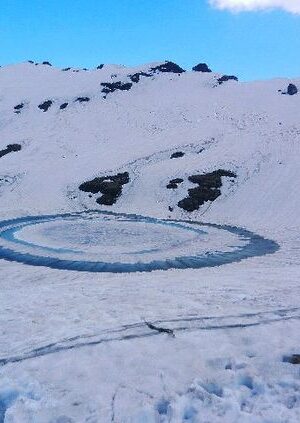
Bhrigu Lake Trek, Manali
₹5,499.00Original price was: ₹5,499.00.₹4,099.00Current price is: ₹4,099.00. 3D/2N₹5,499.00Original price was: ₹5,499.00.₹4,099.00Current price is: ₹4,099.00. View Details -
UttarakhandSale!
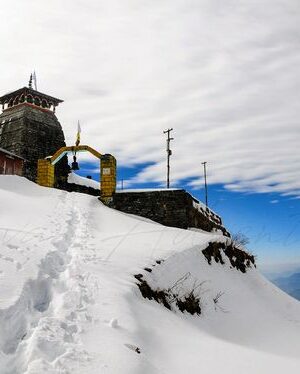
Chopta Chandrashila Trek With Tunganath
₹4,499.00Original price was: ₹4,499.00.₹3,899.00Current price is: ₹3,899.00. 3D/2N₹4,499.00Original price was: ₹4,499.00.₹3,899.00Current price is: ₹3,899.00. View Details -
HimachalSale!
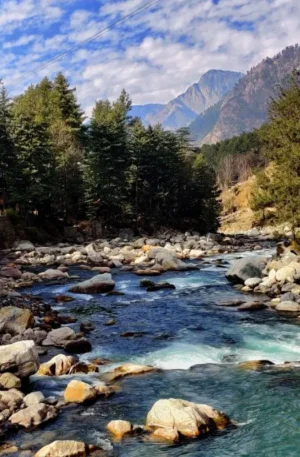
Kasol Kheerganga Trek With Camping, Himachal
₹2,199.00Original price was: ₹2,199.00.₹1,999.00Current price is: ₹1,999.00. 2N / 3D₹2,199.00Original price was: ₹2,199.00.₹1,999.00Current price is: ₹1,999.00. View Details

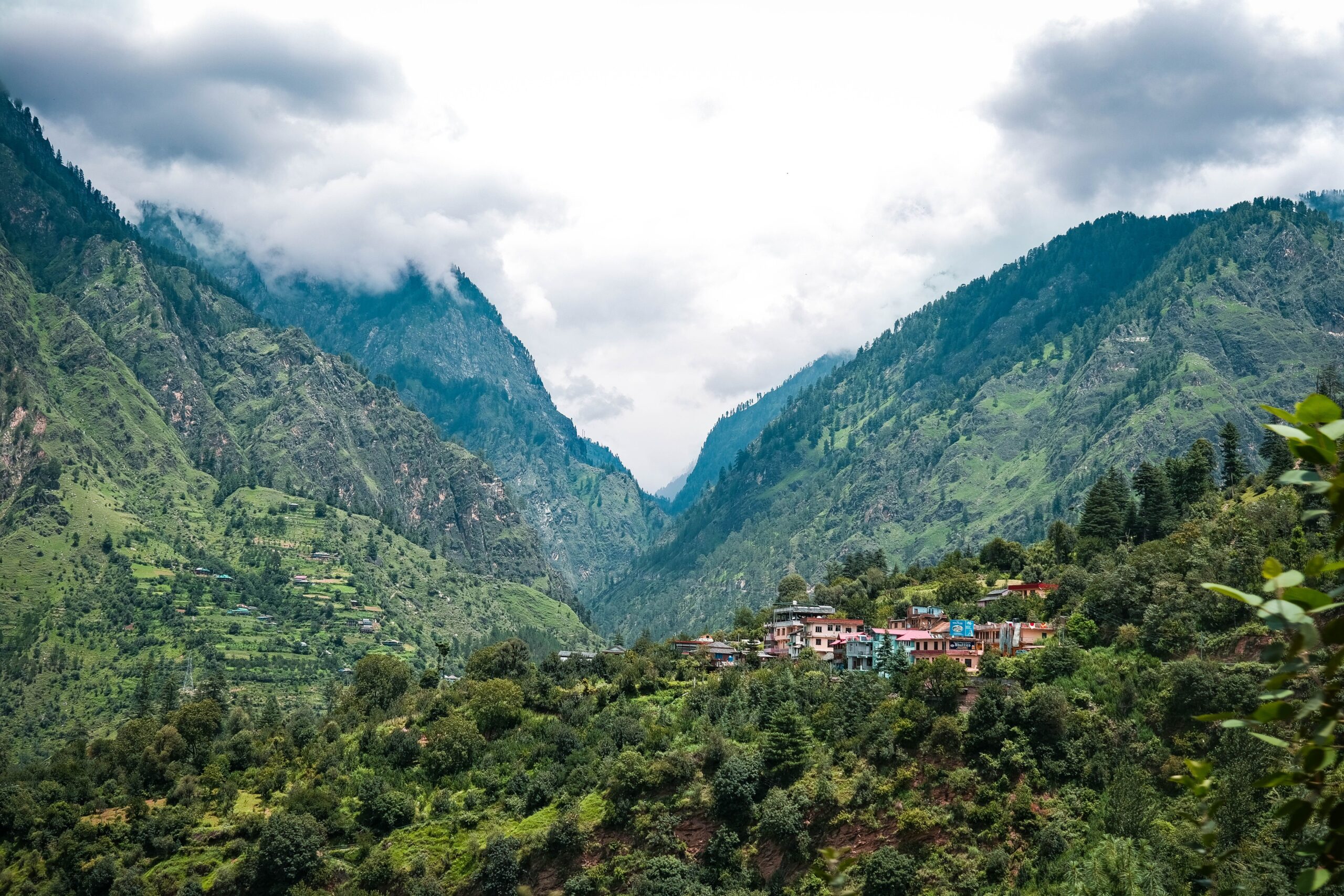




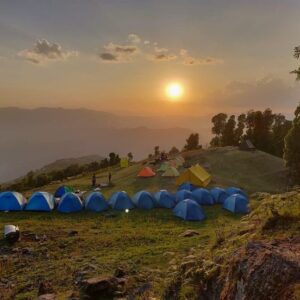
Harshita Chippa –
For those with strong legs, the Trek was a pleasant and simple climb.
It’s ideal to go in the winter, when stunning views of the snowy landscape may be found.
Vandana Maurya –
Incredible two-day weekend getaway From Dehradun Moderate level of difficulty It’s best to have a walking stick on hand. Stay hydrated.
Hemant Sainger –
Try this and several more trekks with your friends; it’s one of the best experiences of your life. Nagtibba is one of the greatest places to discover if you want to begin your trekking adventure.